Moist cake base: the foundation of baking dreams! Have you ever bitten into a cake that was so dry it felt like eating sand? I certainly have, and it’s a culinary experience I’m keen to avoid repeating. That’s why I’m so passionate about perfecting the art of the moist cake base. It’s the key to unlocking a world of delectable desserts that will have everyone begging for seconds.
Cakes have been a centerpiece of celebrations for centuries, with evidence suggesting early forms of cake existed in ancient Egypt. While those early cakes may not have resembled the fluffy delights we know today, the tradition of marking special occasions with a sweet treat has endured. And what makes a cake truly special? The texture, of course! A dry cake is easily forgettable, but a perfectly moist cake? That’s a memory worth savoring.
People adore a moist cake because of its melt-in-your-mouth texture and rich flavor. It’s comforting, satisfying, and the perfect vehicle for showcasing delicious frostings and fillings. Plus, a well-made moist cake base is surprisingly versatile. You can adapt it to create countless variations, from classic vanilla to decadent chocolate, ensuring there’s always a cake to suit every taste and occasion. So, let’s dive in and discover the secrets to achieving that perfect, irresistible moistness!
Ingredients:
- For the Moist Cake Base:
- 3 cups all-purpose flour
- 1 teaspoon baking soda
- 1 teaspoon baking powder
- 1/2 teaspoon salt
- 1 cup (2 sticks) unsalted butter, softened
- 2 cups granulated sugar
- 4 large eggs
- 1 teaspoon vanilla extract
- 1 cup buttermilk
- 1/2 cup vegetable oil
- 1 cup boiling water
- 1/4 cup unsweetened cocoa powder
- For the Chocolate Ganache (Optional):
- 1 cup heavy cream
- 12 ounces semi-sweet chocolate, chopped
- 2 tablespoons unsalted butter
- For the Vanilla Buttercream Frosting (Optional):
- 1 cup (2 sticks) unsalted butter, softened
- 3-4 cups powdered sugar
- 1/4 cup milk or heavy cream
- 1 teaspoon vanilla extract
- Pinch of salt
Preparing the Moist Cake Base:
- Preheat and Prepare: I always start by preheating my oven to 350°F (175°C). While it’s heating up, grease and flour two 9-inch round cake pans. This is crucial to prevent the cake from sticking! You can also use parchment paper rounds at the bottom for extra insurance.
- Dry Ingredients: In a large bowl, whisk together the flour, baking soda, baking powder, and salt. Make sure everything is evenly distributed. This helps the cake rise properly and have a consistent texture.
- Cream Butter and Sugar: In a separate large bowl (or the bowl of your stand mixer), cream together the softened butter and granulated sugar until light and fluffy. This usually takes about 3-5 minutes. Don’t rush this step; it’s important for incorporating air into the batter.
- Add Eggs and Vanilla: Beat in the eggs one at a time, making sure each egg is fully incorporated before adding the next. Then, stir in the vanilla extract.
- Combine Wet and Dry Ingredients: Gradually add the dry ingredients to the wet ingredients, alternating with the buttermilk. Begin and end with the dry ingredients. So, add about 1/3 of the dry ingredients, then 1/2 of the buttermilk, then another 1/3 of the dry ingredients, then the remaining buttermilk, and finally the last 1/3 of the dry ingredients. Mix until just combined. Be careful not to overmix! Overmixing can lead to a tough cake.
- Prepare Chocolate Mixture: In a small bowl, whisk together the boiling water and cocoa powder until smooth. This creates a chocolate “bloom” that intensifies the chocolate flavor.
- Incorporate Chocolate and Oil: Gradually add the chocolate mixture and vegetable oil to the batter, mixing until just combined. The batter will be quite thin, but don’t worry, that’s normal! The oil contributes to the cake’s moistness.
- Divide and Bake: Pour the batter evenly into the prepared cake pans. Bake for 30-35 minutes, or until a toothpick inserted into the center comes out clean.
- Cooling: Let the cakes cool in the pans for 10 minutes before inverting them onto a wire rack to cool completely. Make sure the cakes are completely cool before frosting.
Preparing the Chocolate Ganache (Optional):
- Heat the Cream: Place the heavy cream in a saucepan over medium heat. Bring it to a simmer, but don’t let it boil.
- Pour over Chocolate: Remove the cream from the heat and pour it over the chopped chocolate in a heatproof bowl.
- Let it Sit: Let the mixture sit for about 1 minute to allow the heat to melt the chocolate.
- Stir Until Smooth: Gently stir the mixture until the chocolate is completely melted and the ganache is smooth and glossy.
- Add Butter: Stir in the butter until it’s melted and incorporated into the ganache. This adds richness and shine.
- Cool Slightly: Let the ganache cool slightly before using it to frost the cake. It should be thick enough to spread but still pourable.
Preparing the Vanilla Buttercream Frosting (Optional):
- Cream the Butter: In a large bowl (or the bowl of your stand mixer), cream the softened butter until light and fluffy. This usually takes about 3-5 minutes.
- Add Powdered Sugar: Gradually add the powdered sugar, one cup at a time, beating well after each addition. Start on low speed to prevent a powdered sugar cloud!
- Add Milk and Vanilla: Add the milk or heavy cream and vanilla extract. Beat until smooth and creamy. If the frosting is too thick, add a little more milk. If it’s too thin, add a little more powdered sugar.
- Add Salt: Add a pinch of salt to balance the sweetness.
- Whip Until Fluffy: Continue to beat the frosting for another 2-3 minutes until it’s light and fluffy.
Assembling the Cake:
- Level the Cakes (Optional): If your cakes have a dome on top, use a serrated knife to level them. This will make it easier to stack and frost the cake.
- Place First Layer: Place one cake layer on a serving plate or cake stand.
- Frosting or Ganache Layer: Spread a generous layer of vanilla buttercream frosting or chocolate ganache over the first cake layer.
- Add Second Layer: Carefully place the second cake layer on top of the frosting or ganache.
- Frost the Entire Cake: Frost the top and sides of the cake with the remaining vanilla buttercream frosting or chocolate ganache. You can use a spatula or an offset spatula for a smooth finish.
- Decorate (Optional): Decorate the cake as desired. You can use sprinkles, chocolate shavings, fresh fruit, or anything else you like.
- Chill (Optional): Chill the cake for at least 30 minutes before serving. This will help the frosting or ganache set and make the cake easier to slice.
Tips for Success:
- Room Temperature Ingredients: Using room temperature ingredients, especially butter and eggs, is crucial for creating a smooth and emulsified batter. This helps the cake bake evenly and have a tender crumb.
- Don’t Overmix: Overmixing the batter develops the gluten in the flour, which can result in a tough cake. Mix until just combined.
- Accurate Oven Temperature: Make sure your oven is properly calibrated. An oven thermometer can help you ensure that your oven is heating to the correct temperature.
- Cool Completely: Allow the cakes to cool completely before frosting. Frosting a warm cake will cause the frosting to melt and slide off.
- Parchment Paper: Using parchment paper rounds in the bottom of the cake pans makes it much easier to remove the cakes without them sticking.
- Buttermilk Substitute: If you don’t have buttermilk, you can make a substitute by adding 1 tablespoon of white vinegar or lemon juice to 1 cup of milk. Let it sit for 5 minutes before using.
- Ganache Consistency: The consistency of the ganache will depend on the ratio of chocolate to cream. For a thicker ganache, use more chocolate. For a thinner ganache, use more cream.
- Frosting Consistency: Adjust the amount of powdered sugar and milk in the buttercream frosting to achieve your desired consistency.
Variations:
- Chocolate Cake: For a richer chocolate cake, increase the amount of cocoa powder to 1/2 cup.
- Coffee Cake: Add 1 teaspoon of instant coffee granules to the boiling water for a subtle coffee flavor.
- Spice Cake: Add 1 teaspoon of cinnamon, 1/2 teaspoon of nutmeg, and 1/4 teaspoon of cloves to the dry ingredients for a warm spice cake.
- Lemon Cake: Add the zest and juice of one lemon to the batter for a bright and citrusy lemon cake.
- Different Frostings: Experiment with different frostings, such as cream cheese frosting, peanut butter frosting, or chocolate buttercream frosting.
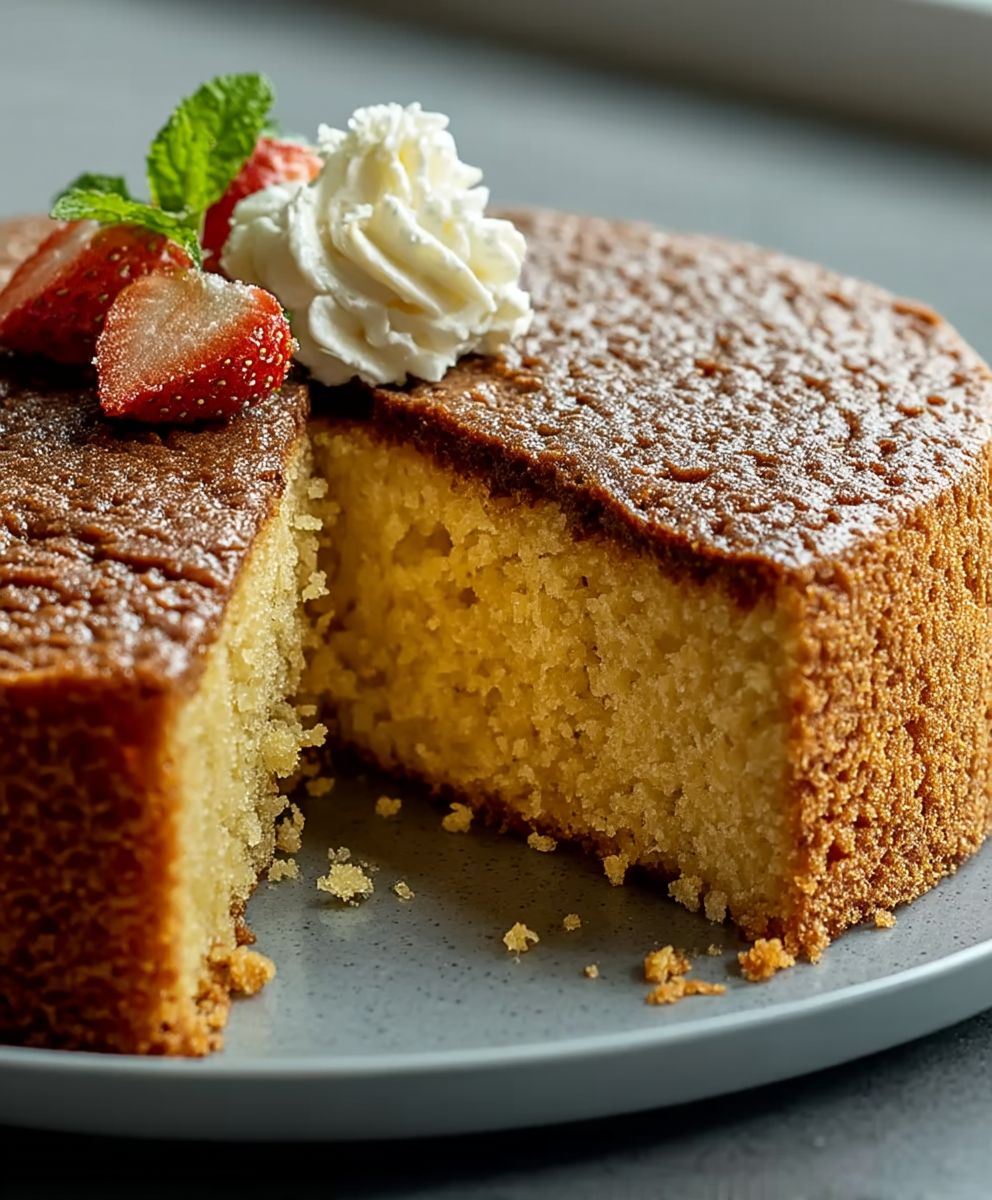
Conclusion:
And there you have it! I truly believe this recipe is a must-try for anyone who appreciates a truly exceptional dessert. The combination of the rich, decadent flavors and, most importantly, that incredibly moist cake base, creates a symphony of textures and tastes that will leave you wanting more. It’s the kind of cake that disappears quickly at gatherings, and the kind that you’ll find yourself craving on a random Tuesday afternoon.
But what makes this recipe truly special is its versatility. While it’s absolutely divine as is, feel free to experiment and make it your own! For a summery twist, try adding fresh berries like raspberries or blueberries to the batter before baking. The tartness of the berries will perfectly complement the sweetness of the cake. Or, if you’re a chocolate lover (like me!), consider adding chocolate chips or even swirling in some melted dark chocolate for an extra layer of indulgence.
For serving suggestions, the possibilities are endless! A simple dusting of powdered sugar is always a classic and elegant choice. But if you’re feeling a bit more adventurous, why not top it with a scoop of vanilla ice cream and a drizzle of caramel sauce? Or, for a more sophisticated presentation, you could create a berry compote to serve alongside each slice. Another fantastic option is to pair it with a dollop of freshly whipped cream and a sprinkle of cinnamon. Honestly, the cake is so good that it can stand on its own, but a little extra something never hurts!
Beyond the variations and serving suggestions, this recipe is also incredibly adaptable to different dietary needs. You can easily substitute gluten-free flour for the all-purpose flour to make it gluten-free. And for a dairy-free version, simply use a plant-based milk alternative and a dairy-free butter substitute. I’ve even had success reducing the sugar content slightly without compromising the overall flavor or texture.
I’ve poured my heart and soul into perfecting this recipe, and I’m confident that you’ll love it as much as I do. It’s more than just a cake; it’s an experience. It’s the perfect treat to share with loved ones, to celebrate a special occasion, or simply to enjoy on a quiet evening with a cup of tea.
So, what are you waiting for? Gather your ingredients, preheat your oven, and get ready to bake the most delicious cake you’ve ever tasted! I promise you won’t be disappointed. And most importantly, don’t be afraid to have fun and experiment with different flavors and toppings. Baking should be a joyful and creative process, so let your imagination run wild!
I’m so excited for you to try this recipe and experience the magic of that moist cake base for yourself. Once you’ve made it, please come back and share your experience in the comments below! I’d love to hear about any variations you tried, what you served it with, and most importantly, what you thought of the taste. Your feedback is invaluable, and it helps me to continue creating and sharing delicious recipes with all of you. Happy baking! I can’t wait to hear all about your baking adventures!
Moist Cake Base: The Secret to a Perfect Cake
A classic, incredibly moist cake perfect for any occasion, with options for a rich chocolate ganache or vanilla buttercream frosting.
Ingredients
- 3 cups all-purpose flour
- 1 teaspoon baking soda
- 1 teaspoon baking powder
- 1/2 teaspoon salt
- 1 cup (2 sticks) unsalted butter, softened
- 2 cups granulated sugar
- 4 large eggs
- 1 teaspoon vanilla extract
- 1 cup buttermilk
- 1/2 cup vegetable oil
- 1 cup boiling water
- 1/4 cup unsweetened cocoa powder
- 1 cup heavy cream
- 12 ounces semi-sweet chocolate, chopped
- 2 tablespoons unsalted butter
- 1 cup (2 sticks) unsalted butter, softened
- 3-4 cups powdered sugar
- 1/4 cup milk or heavy cream
- 1 teaspoon vanilla extract
- Pinch of salt
Instructions
- Preheat oven to 350°F (175°C). Grease and flour two 9-inch round cake pans. Use parchment paper rounds at the bottom for extra insurance.
- In a large bowl, whisk together the flour, baking soda, baking powder, and salt.
- In a separate large bowl (or the bowl of your stand mixer), cream together the softened butter and granulated sugar until light and fluffy (3-5 minutes).
- Beat in the eggs one at a time, fully incorporating each before adding the next. Stir in the vanilla extract.
- Gradually add the dry ingredients to the wet ingredients, alternating with the buttermilk. Begin and end with the dry ingredients (1/3 dry, 1/2 buttermilk, 1/3 dry, remaining buttermilk, last 1/3 dry). Mix until just combined. Do not overmix.
- In a small bowl, whisk together the boiling water and cocoa powder until smooth.
- Gradually add the chocolate mixture and vegetable oil to the batter, mixing until just combined. The batter will be thin.
- Pour the batter evenly into the prepared cake pans. Bake for 30-35 minutes, or until a toothpick inserted into the center comes out clean.
- Let the cakes cool in the pans for 10 minutes before inverting them onto a wire rack to cool completely.
- Place the heavy cream in a saucepan over medium heat. Bring it to a simmer, but don’t let it boil.
- Remove the cream from the heat and pour it over the chopped chocolate in a heatproof bowl.
- Let the mixture sit for about 1 minute to allow the heat to melt the chocolate.
- Gently stir the mixture until the chocolate is completely melted and the ganache is smooth and glossy.
- Stir in the butter until it’s melted and incorporated into the ganache.
- Let the ganache cool slightly before using it to frost the cake. It should be thick enough to spread but still pourable.
- In a large bowl (or the bowl of your stand mixer), cream the softened butter until light and fluffy (3-5 minutes).
- Gradually add the powdered sugar, one cup at a time, beating well after each addition. Start on low speed.
- Add the milk or heavy cream and vanilla extract. Beat until smooth and creamy. Adjust milk/powdered sugar for desired consistency.
- Add a pinch of salt to balance the sweetness.
- Continue to beat the frosting for another 2-3 minutes until it’s light and fluffy.
- If your cakes have a dome on top, use a serrated knife to level them.
- Place one cake layer on a serving plate or cake stand.
- Spread a generous layer of vanilla buttercream frosting or chocolate ganache over the first cake layer.
- Carefully place the second cake layer on top of the frosting or ganache.
- Frost the top and sides of the cake with the remaining vanilla buttercream frosting or chocolate ganache.
- Decorate the cake as desired.
- Chill the cake for at least 30 minutes before serving.
Notes
- Room Temperature Ingredients: Use room temperature ingredients, especially butter and eggs, for a smooth and emulsified batter.
- Don’t Overmix: Overmixing develops gluten, resulting in a tough cake. Mix until just combined.
- Accurate Oven Temperature: Ensure your oven is properly calibrated.
- Cool Completely: Allow cakes to cool completely before frosting.
- Parchment Paper: Use parchment paper rounds in the bottom of the cake pans.
- Buttermilk Substitute: If you don’t have buttermilk, you can make a substitute by adding 1 tablespoon of white vinegar or lemon juice to 1 cup of milk. Let it sit for 5 minutes before using.
- Ganache Consistency: Adjust the ratio of chocolate to cream for desired consistency.
- Frosting Consistency: Adjust the amount of powdered sugar and milk in the buttercream frosting to achieve your desired consistency.


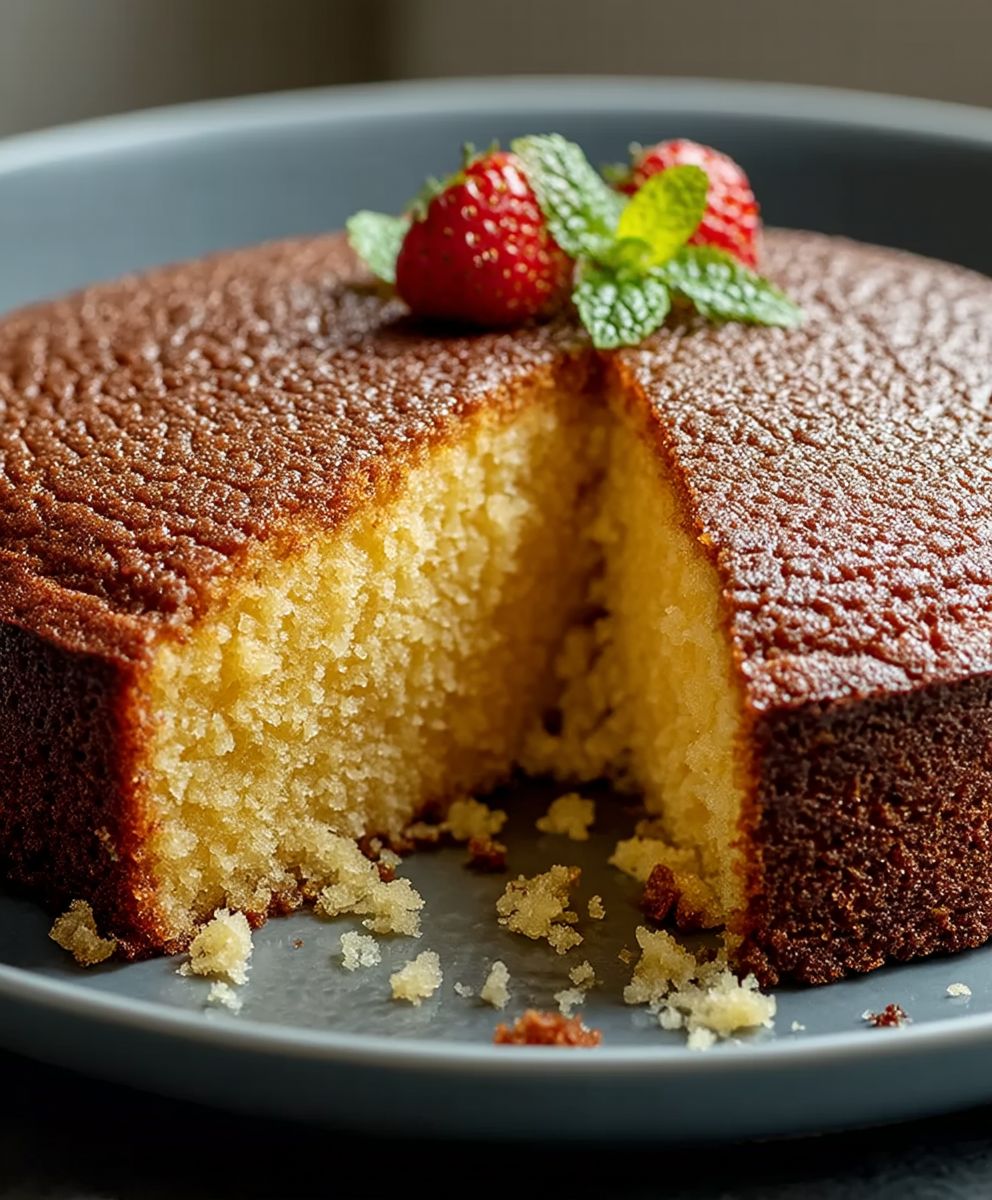
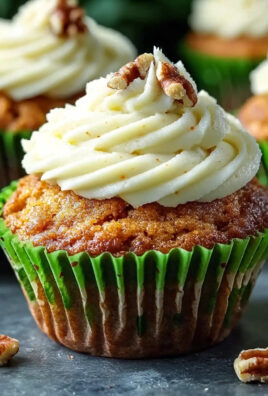
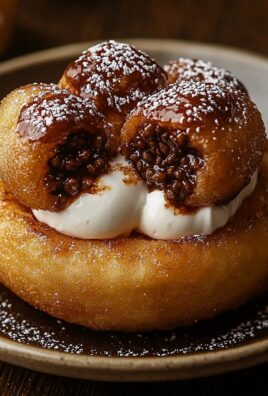
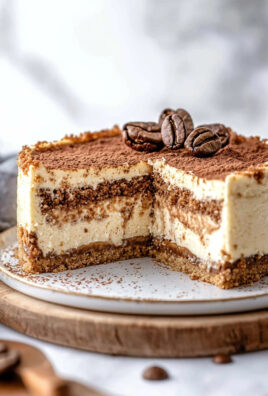
Leave a Comment